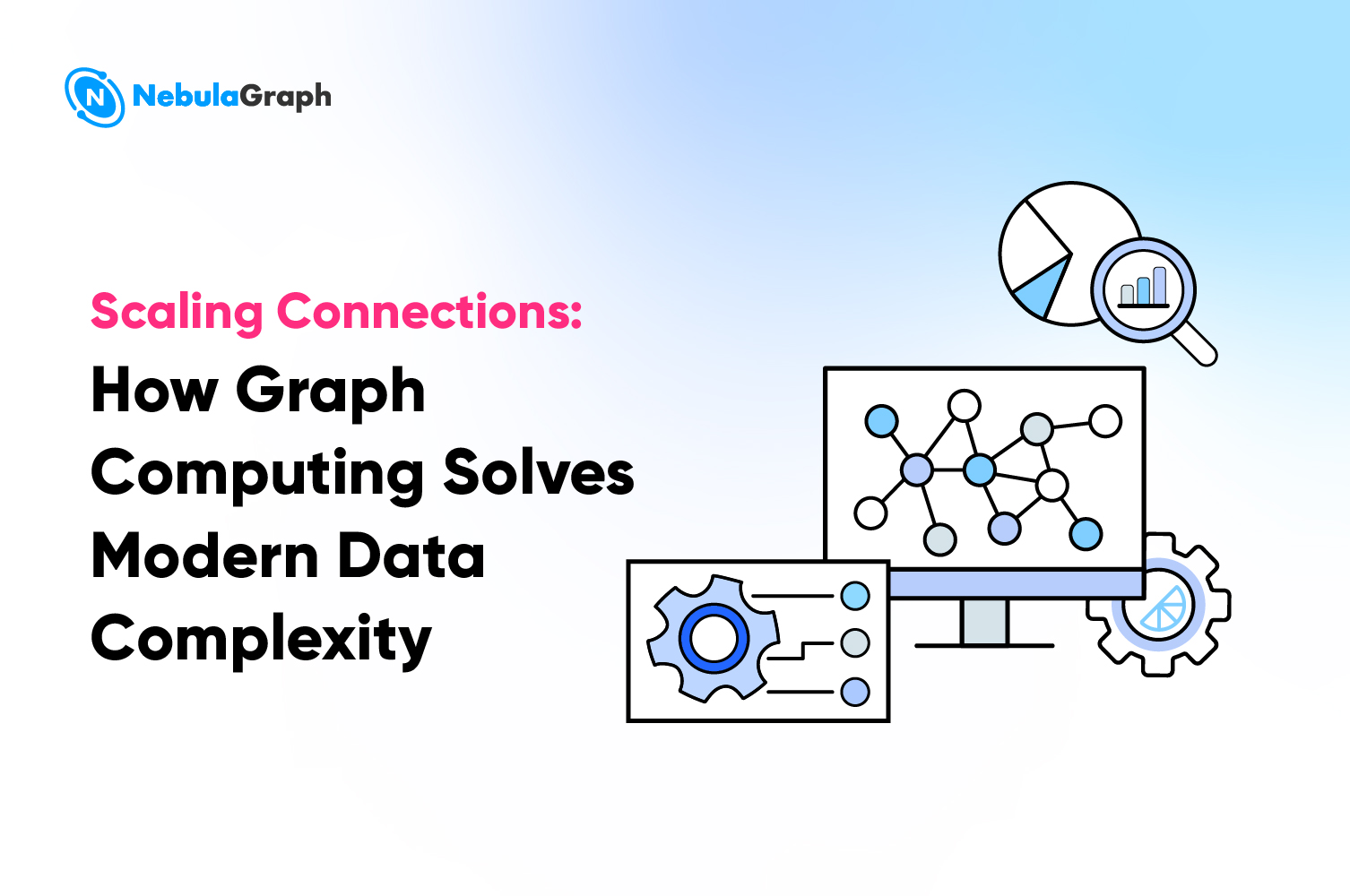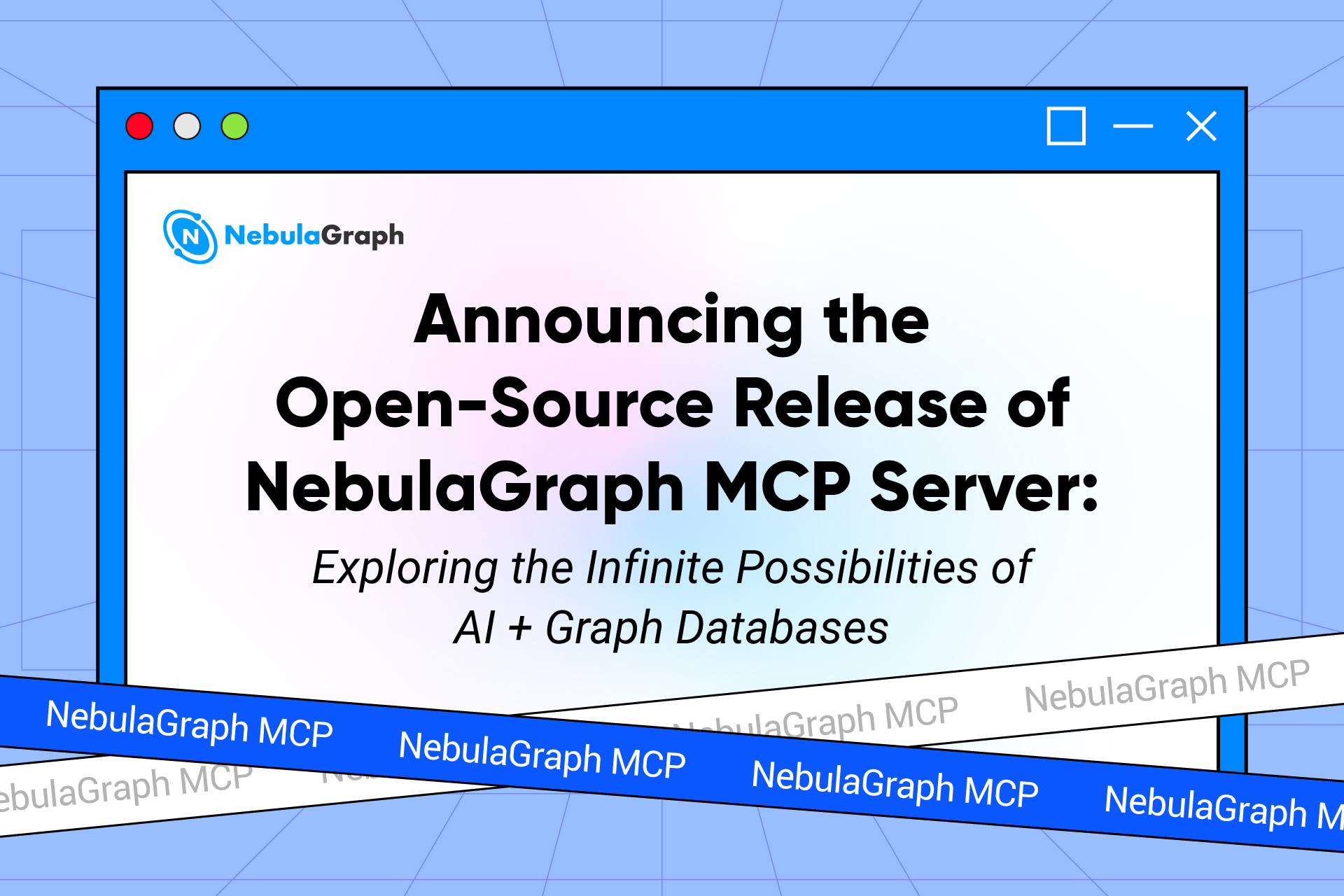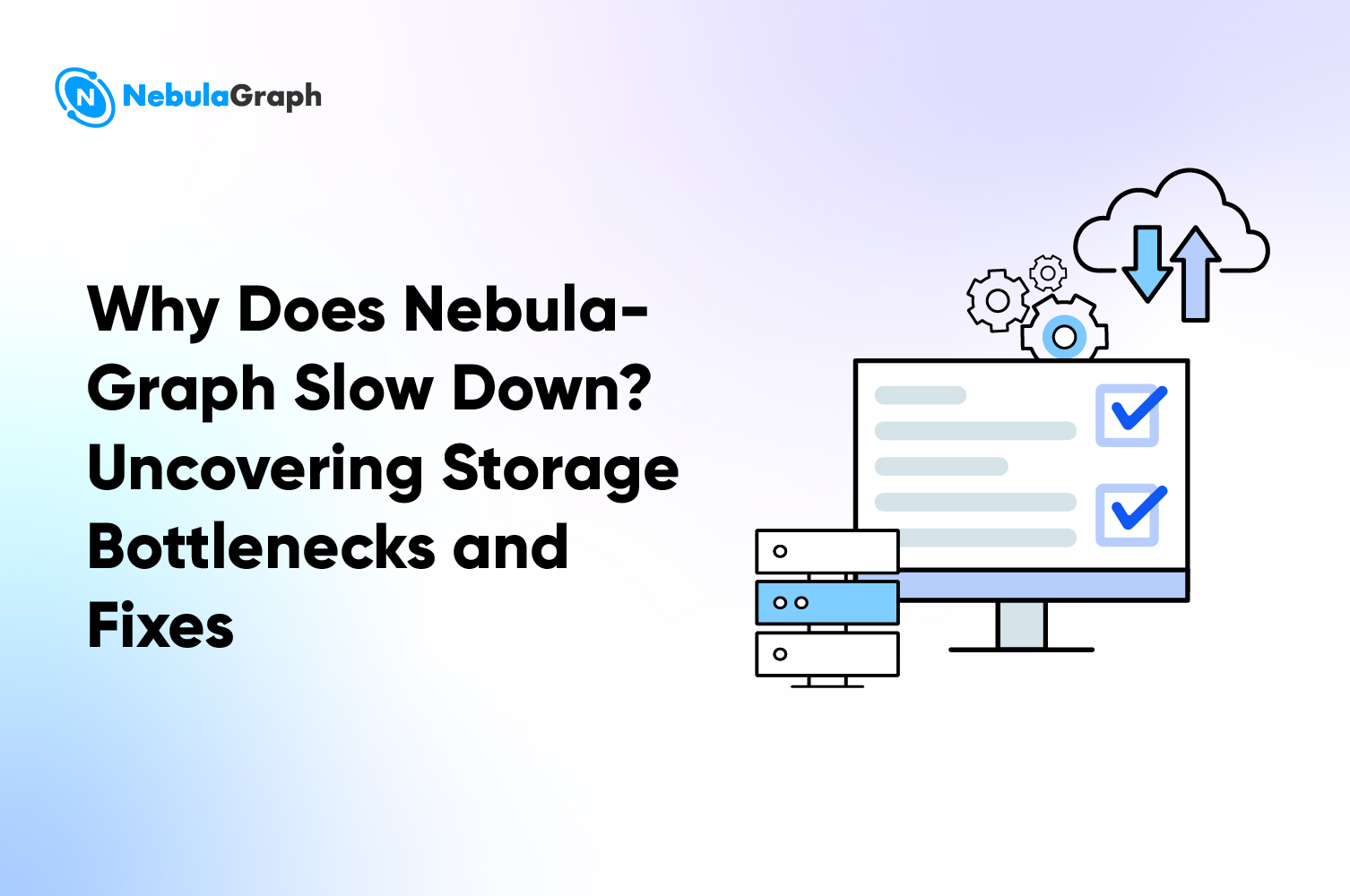LLM
What is a NoSQL Graph Database?
SQL databases have been dominant in the market for a while now, helping companies organize, manage, and leverage their data to meet various goals. However, as the data landscape continues to evolve, more dynamic solutions are needed to tackle challenges that the traditional databases are unable to address. That's why NoSQL databases are gaining traction and the biggest businesses are already utilizing them to great success. The global NoSQL database market size passed US$ 7 billion in 2022 and is projected to grow to about US$ 35 billion in the next 5-6 years.
Graph databases in particular, a type of NoSQL database, have become particularly sought after. The market size for graph databases will grow by about 22% and pass US$ 8 billion by 2028. So let's look at what exactly is a NoSQL graph database, how they work and what benefits they offer.
What is a NoSQL graph database?
A NoSQL graph database is a type of non-relational, distributed database which employs a graph model. NoSQL stands for “Not only SQL” and refers to a new breed of databases that differ from traditional relational databases in their data model and performance. Graph databases are especially useful for data associated with relationships—everything from friendships on social netwo#rks to equipment supply chains or business processes. They can quickly traverse vast amounts of linked data points to discover insights and hidden connections between entities, making them ideal for network analysis– such as financial fraud detection, recommendation engines and many other use cases– all while performing at scale.
Essentially, the natural structure of a NoSQL graph database encourages the creation of deep models that help businesses to uncover complex relationships across datasets; identify small changes in large amounts of related information; forecast outcomes; and create real-time dashboards with dynamic workflow automation.
Also Read: Difference between graph database and relational database
Essential components of a NoSQL graph database
A typical NoSQL graph database is made up of four essential components: nodes, edges, properties and labels.
- Nodes are the basic unit of data in a graph database. They can represent anything—a person, an organization, a product, or even a transaction.
- Edges are the lines that connect nodes, and they represent the graph relationships between them.
- Properties are the attributes of nodes and edges.
- Labels are used to categorize nodes and edges.
This visual structure of data makes it easy to see how different pieces of data are related to each other, one of the reasons why NOSQL graph databases are very efficient at handling relationships between data. They don't have to rely on complex join operations, which can be slow and inefficient. Instead, they can simply follow the relationships between nodes to find the data they're looking for. This makes NOSQL graph databases perfect for applications that need to handle a lot of data relationships.
Illustrating how a NoSQL graph database works
Think of it as a network of data points, all connected and able to communicate with each other. This makes it perfect for storing and managing complex data sets, such as social media networks or customer relationship data.
To illustrate this, let’s say you have a database of people and the relationships between them. In this database, each person would be represented by a node, and the relationships between them would be represented by edges.
So, if John is friends with Jane, there would be an edge between John’s node and Jane’s node. And if John is also friends with Bill, there would be an edge between John’s node and Bill’s node.
This might sound confusing, but it’s actually a very powerful way to store data. Because the relationships between nodes are represented by edges, it’s very easy to query the database to find out things like “who are all of the friends of John’s friends?” or “who are all of the friends of Jane’s friends?”
It’s also easy to add new data to a NoSQL graph database. For example, if John makes a new friend, you can just add a new edge between John’s node and the new friend’s node. There’s no need to restructure the entire database.
Advantages of NoSQL graph databases
These databases are growing in popularity, and it's not hard to see why. They offer a number of advantages over traditional relational databases.
- Improved performance: Graph-based solutions greatly reduce complexity due to their connected nature. This dramatically reduces query times, allowing for faster access to valuable data points.
- Flexibility: Instead of rigidly adhering to a predefined schema, NOSQL graph databases enable “schema-less” data models which can accommodate multiple use cases and types of business objects.
- No redundancy: This makes it easier for data administrators to ensure accuracy and reduce space consumption on storage media.
- Complex analysis: Due to their interconnected layers, graph databases provide invaluable insights by revealing hidden relationships among various elements within the structure that would have otherwise gone unnoticed.
- Migration: There is an inherent level of interoperability between various formats in this type of database structure; this simplifies migration processes and makes it easy for users to move large datasets without having to start from scratch.
- Large-scale data management: Graph databases can easily scale to store and manage billions of data points, while relational databases start to struggle at around the million-record mark.
- Speed: NOSQL graph databases are incredibly fast. They can return query results in milliseconds.
Check out this article for comprehensive benefits of graph databases.
Examples of NoSQL graph database applications
Social media networks: Social media networks like Facebook and Twitter use graph databases to store information about users and their relationships. This allows them to recommend friends and content to users based on their interests and connections to other users.
eCommerce platforms: Ecommerce platforms like Amazon and eBay use graph databases to store information about products, sellers, and buyers. This allows them to recommend products to buyers based on their purchase history and connections to other products.
Location-based services: Location-based services like Foursquare and Yelp use graph databases to store information about businesses, users, and reviews. This allows them to recommend businesses to users based on their location and connections to other businesses.
A good example of a NoSQL graph database is Nebula Graph right here, a lightning fast open source graph database that can handle billions of nodes and trillions of edges without any performance issues. And because it's based on a distributed architecture, it's highly fault tolerant. It also offers an equally open source graph editing front-end library. Others include Neo4j, OrientDB, and ArangoDB among others.
Choosing the right NoSQL graph database for your needs
Your decision should be based on the type of graph shapes and connections required for your project. Consider if you need directional or non-directional graph patterns, reachability between graph elements, graph maneuvering methods such as splitting or merging orphan nodes, etc. Make sure to explore what types of graph operations are supported by the database in question as not all databases may support certain graph operations or some may have better performance than others in certain scenarios.
Equally think about your budget. NoSQL graph databases can range in price from free and open source options to expensive enterprise-level options. Choose the one that best fits your needs and budget.
Conclusion
NoSQL graph databases are quickly becoming an integral part of managing the powerful amounts of data generated by today’s tech-heavy agile environment. With graph databases, data is organized into graph shapes, allowing for flexible and quick scaling of different types of information without having to go through strict pre-defined schemas.
The architecture of a NoSQL database also provides the opportunity to have more sophisticated networking and navigation, allowing for easy retrieval of entire related data sets. This makes them a great choice for Agile settings where rapid processing and the ability to manage vast amounts of data with complex relationships are highly desired features.
You may also like:
Has this article aroused your interest in graph databases? If yes, then don't hesitate and dive in. Explore more in-depth details of the concepts and practical applications of graph databases in this blog:


